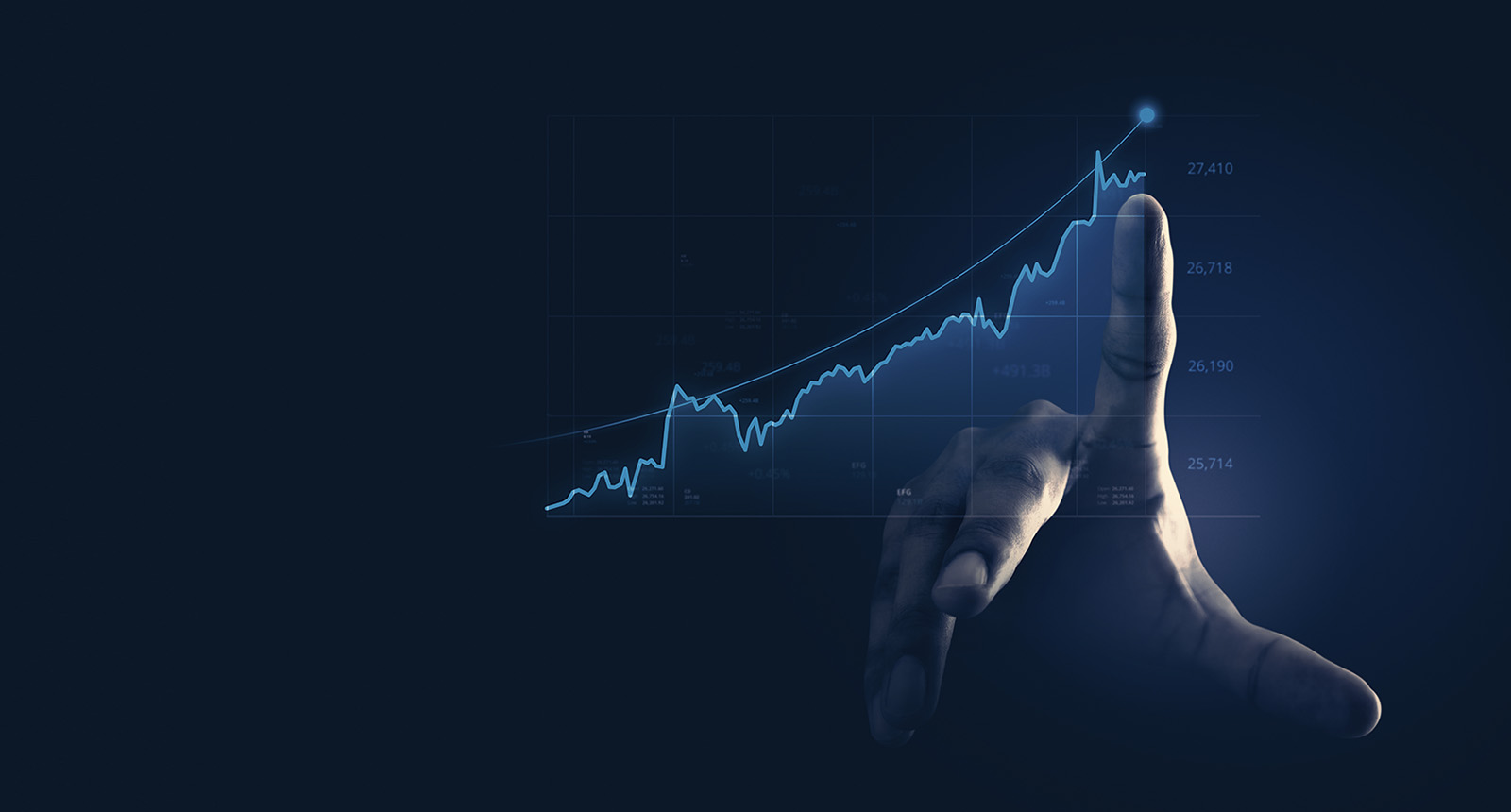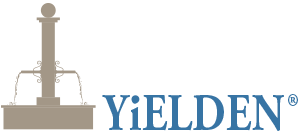These products are an innovative investment approach, combining various financial products through structuring to offer tailored solutions for diverse risk profiles and market scenarios.
Through the process of structuring, they combine various financial products, resulting in asymmetric payout profiles. Investors benefit from controlled risk and potential returns, as well as easier access to new markets.

Structured products combine various financial instruments through structuring, offering a flexible investment alternative to traditional options. They cater to diverse risk profiles and market scenarios, providing reduced risk and potential returns.
Structured products combine various financial instruments through structuring, offering a flexible investment alternative to traditional options. They cater to diverse risk profiles and market scenarios, providing reduced risk and potential returns.
Structured products are investment instruments that offer an alternative to direct financial investments (such as stocks, bonds, currencies, etc.).
The term structured product refers to the fact that this form of investment is the result of a combination of different financial products – a process that is referred to as structuring.
Structured products are bearer bonds, the fulfilment of which the issuer is liable with its assets. The quality of a structured product therefore depends on the credit quality of the debtor (issuer).
Typically, the building blocks, such as bonds and derivatives, are combined. In contrast to direct investments, this results in asymmetric payout profiles. These allow representation of a wide variety of risk profiles and investor risk preferences.
Thanks to their flexibility and versatility, they can be used to find suitable investment solutions even in a challenging market environment. Structured products offer investors a suitable payout profile for every risk profile and market scenario. They can generate good returns not only in rising markets, but also in those that are falling or trending sideways.
For the sake of completeness, it should be noted that structured products with a linear payout profile also exist.
Structured products offer investors a suitable payout profile for every risk profile and market scenario. They can generate good returns not only in rising markets, but also in those that are falling or trending sideways.
The risk of structured products can be controlled selectively. Capital protection solutions are an option for risk-averse investors, while risk-oriented investors can invest in products with maximum returns.
It is important that investors receive good advice in the choice of their optimal risk profile, and have a clear understanding of how the selected product works.
Another advantage of structured products for investors is that they provide easier access to new markets that generally were available only to institutional investors and the main considerations are current investment themes, development of new markets or new underlyings and diversification.
Thus, structured products are an innovative alternative to traditional types of investments, such as stocks or bonds.
Yield Enhancement Products are among the most important and popular Structured Investment Products in Switzerland. What is the difference between capital protection products and yield enhancement products?
To sum up: a structured product is the combination of traditional financial instruments with derivatives, securitized as a standalone product and issued by an issuer. Definition of structured products
Investors should know that it exists a subscription period which is the period of time during which an investor can subscribe to a new structured product before purchasing it later at the issuance terms and conditions.
Structured products are investment tools that offer an alternative to direct investments such as stocks, bonds, and currencies. These products are created by combining different financial products through a process called structuring, resulting in asymmetric payout profiles.
The credit quality of the issuer is a critical factor in determining the quality of a structured product, as the issuer is liable for fulfilling the bearer bonds with its assets.
Yield Enhancement Products are among the most popular structured investment products in Switzerland.
These products limit the return potential by a specific threshold or cap. In exchange, investors receive a discount on the underlying or a coupon, leading to higher profits than direct investments in sideways trading markets.
Investors must receive good advice in choosing the optimal risk profile and have a clear understanding of the selected product. They should also be aware of the subscription period, which is the period during which they can subscribe to a new structured product before purchasing it later at the issuance terms and conditions.
Get Started with YiELDEN




